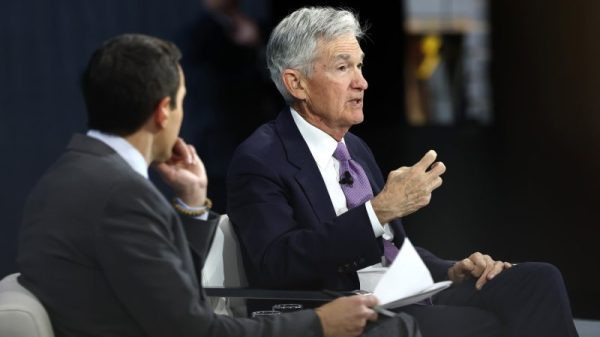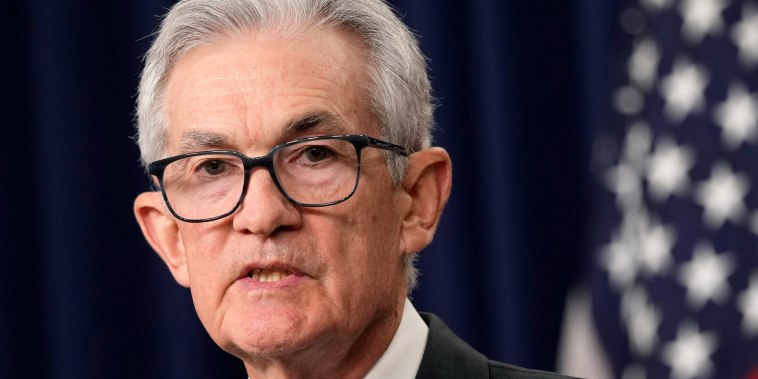In a dynamic economic environment that is constantly reacting to internal and external forces, the U.S. Federal Reserve plays a significant role in shaping monetary policy to maintain stability and promote economic growth. One of the key tools at the disposal of the Fed is the manipulation of interest rates, which has wide-ranging implications on various sectors of the economy and financial markets.
The prevailing belief is that lowering interest rates can stimulate economic activity by making borrowing cheaper and encouraging spending, investment, and overall economic growth. However, there are situations where keeping interest rates higher for an extended period may not necessarily be a bad thing.
One argument in favor of maintaining higher interest rates is to curb inflationary pressures that can arise when an economy is growing too rapidly. Inflation erodes the purchasing power of consumers and can lead to economic instability in the long run. By keeping rates higher, the Fed can help prevent the economy from overheating and reduce the risk of runaway inflation.
Furthermore, higher interest rates can attract foreign investment into the country, strengthening the value of the currency and bolstering international confidence in the economy. This can help to stabilize financial markets and mitigate risks associated with capital outflows during volatile periods.
Additionally, higher interest rates incentivize saving over spending, which can be beneficial for individuals and businesses looking to build up their financial reserves. This can lead to more sustainable consumption patterns and reduce the reliance on debt financing, which in turn can help prevent financial bubbles and excessive risk-taking behavior.
Moreover, by keeping rates higher for longer, the Fed can build up a buffer to be used in the event of future economic downturns or crises. Lowering interest rates during economic recessions is a common strategy to stimulate growth and support the economy. However, if rates are already at historically low levels, the effectiveness of further rate cuts may be limited. By keeping rates higher during periods of economic expansion, the Fed can ensure that it has room to maneuver and provide adequate support when needed.
It is important to note that the decision to keep interest rates higher for an extended period should be carefully balanced with the need to support economic growth and employment. The Fed must take into account a variety of factors, including inflation, employment data, and market conditions, to make informed decisions that promote overall economic stability.
In conclusion, while the conventional wisdom may suggest that lower interest rates are always better for economic growth, there are scenarios where keeping rates higher for longer may have its own set of benefits. By carefully considering the trade-offs and implementing a well-thought-out monetary policy, the Fed can effectively navigate the complexities of the modern economy and promote sustainable and balanced growth in the long term.





























